The Southeast is no stranger to severe weather events, including hurricanes and heavy rainfall. But while the region may be somewhat accustomed to significant weather, the catastrophic damage to infrastructure can result in serious safety issues, lasting energy outages, and blocked roadways that provide access to critical healthcare and essential supplies.
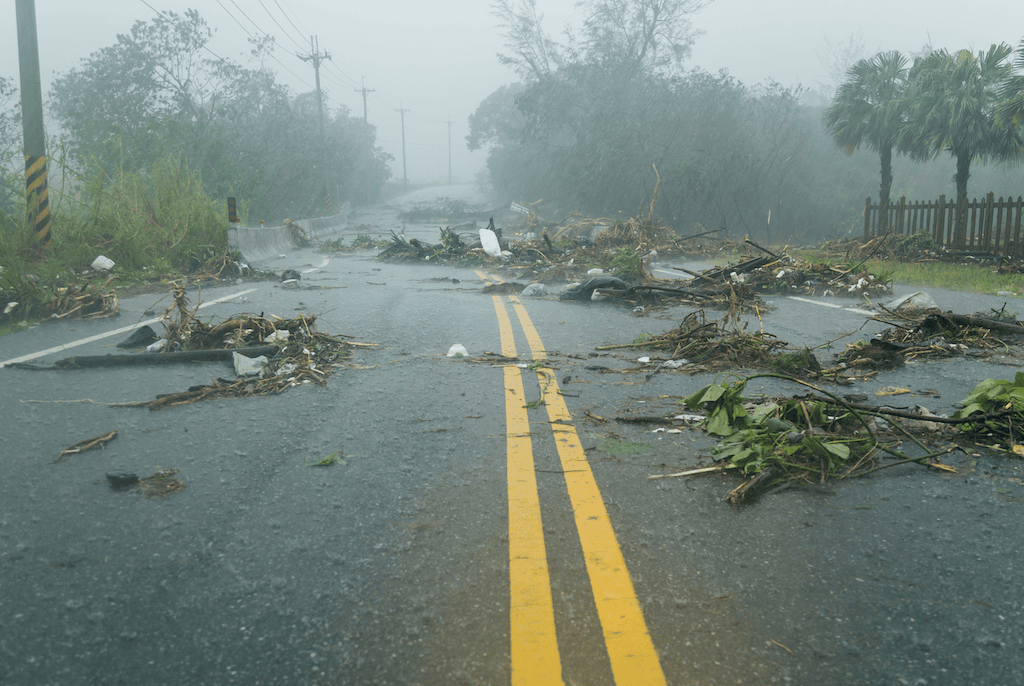 This week, a rare June storm is hitting Southern states and bringing tornadoes, hail, and as much as 5 inches of rain over just a couple of days. (For reference, the region usually gets 5-8 inches in a whole month).
This week, a rare June storm is hitting Southern states and bringing tornadoes, hail, and as much as 5 inches of rain over just a couple of days. (For reference, the region usually gets 5-8 inches in a whole month).
These weather phenomena can have significant impacts on the region’s infrastructure due to environmental challenges, with two critical concerns being subsidence and flooding. But, how do you know exactly where your assets are most vulnerable?
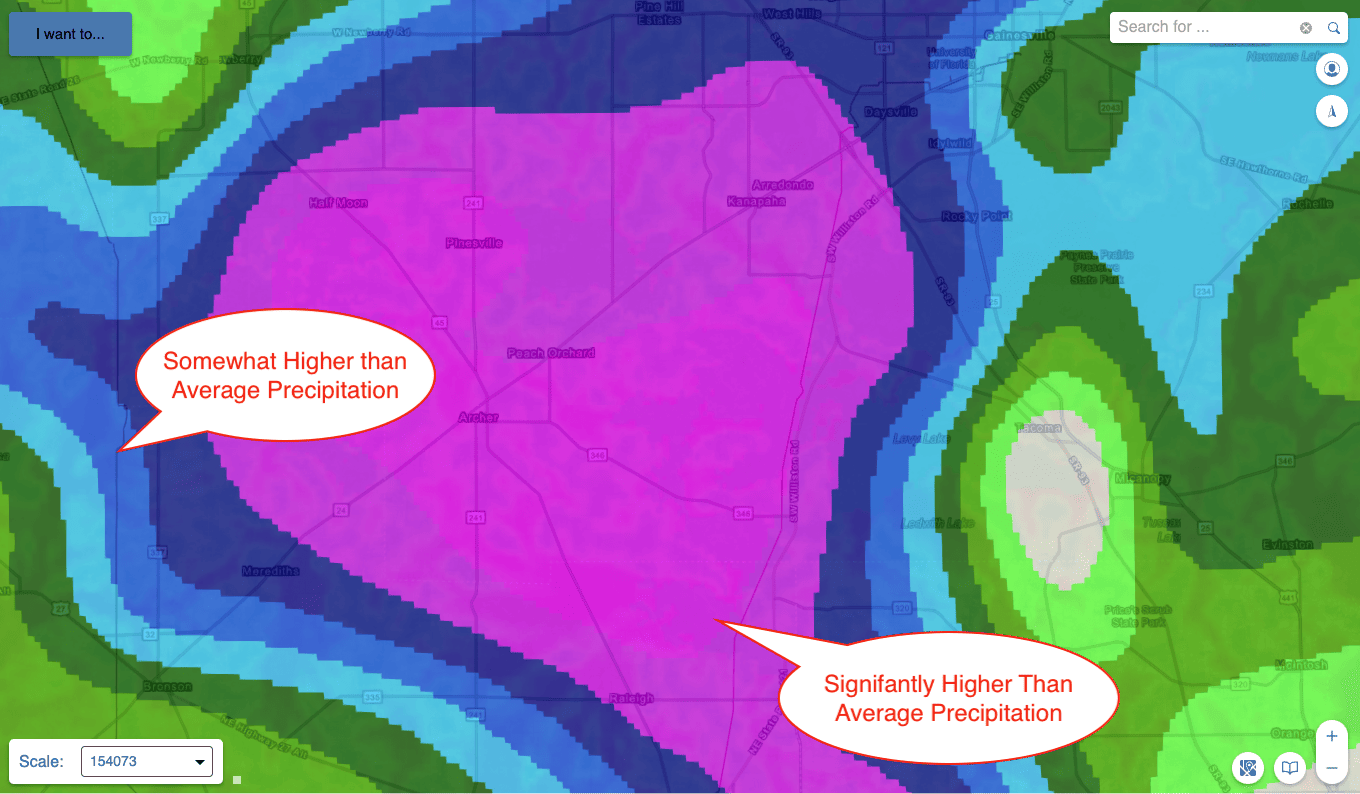
In this blog, we will explore the potential consequences of coupling environmental threats and severe weather on infrastructure and highlight how you can take proactive measures to identify and mitigate these risks.
Subsidence and Soil Stability
Severe weather events, such as prolonged droughts, intense heat waves or intense rainfall, can lead to subsidence, a sinking or settling of the Earth’s surface. Subsidence is prevalent in the Southeast due to large quantities of karst in the area which is triggered by heat and precipitation to dissolve.
Karst is a type of landscape characterized by soluble rock formations, such as limestone or dolomite, which are prone to erosion and the development of sinkholes. In areas with high karst activity, the ground is more vulnerable to sudden collapses, creating sinkholes that can swallow infrastructure and damage assets. Subsidence, or sinkholes, pose serious risks to energy infrastructure, including power plants, transmission lines, roads, and pipelines.
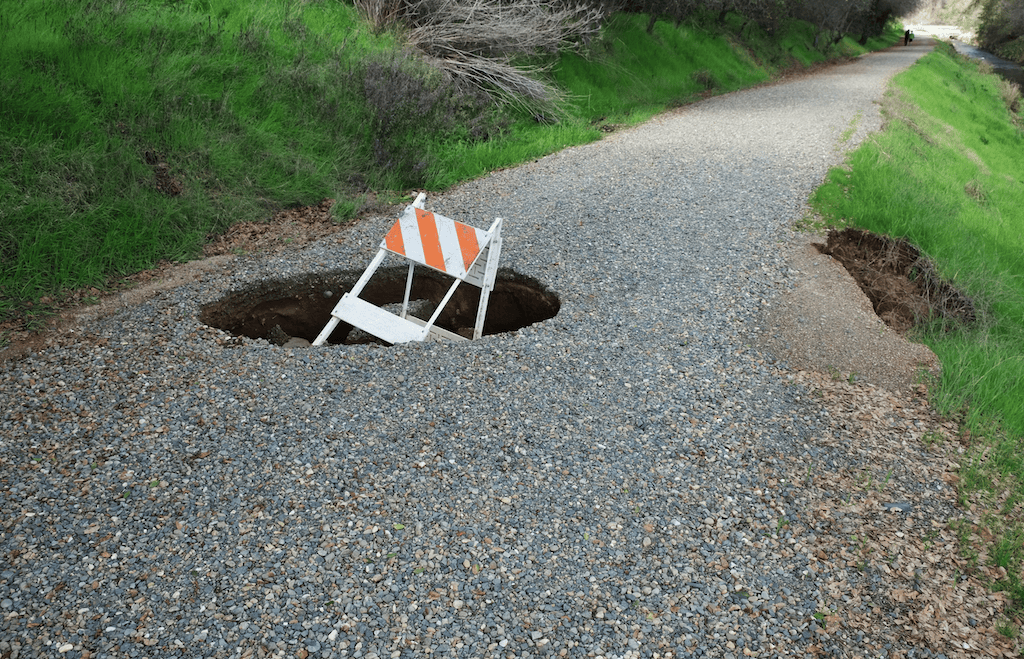 Additionally, groundwater depletion caused by excessive water extraction during dry periods (or excessive heat) can result in soil compaction and settlement, weakening the stability of infrastructure and potentially causing structural damage.
Additionally, groundwater depletion caused by excessive water extraction during dry periods (or excessive heat) can result in soil compaction and settlement, weakening the stability of infrastructure and potentially causing structural damage.
To pinpoint where your infrastructure is at risk, it’s critical to assess vulnerability to subsidence so you can optimize response when significant storms roll through.
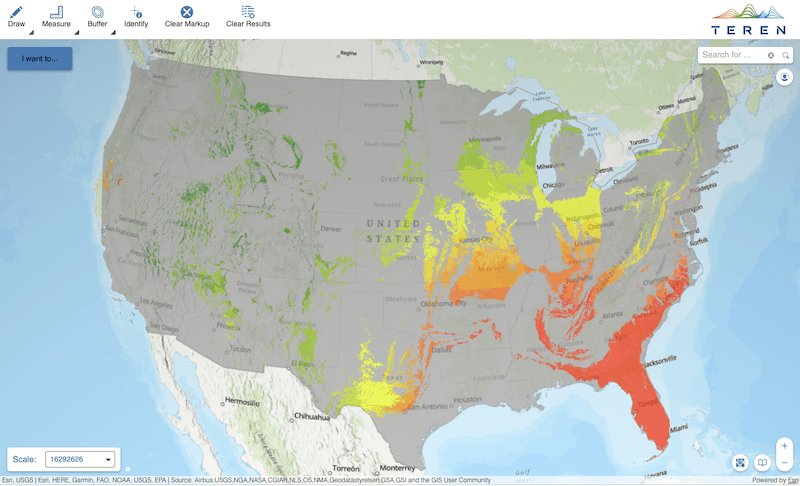
Flooding Risks
Severe precipitation events, particularly hurricanes and heavy rainfall, can cause widespread flooding both along the coast and inland. Floodwaters can infiltrate power generation sites (solar farms), substations, and distribution systems, disrupting energy supply and damaging critical equipment.
Additionally, coastal areas are at higher risk due to storm surges associated with hurricanes, which can result in extensive flooding, coastal erosion, and damage to energy infrastructure located near the shoreline.
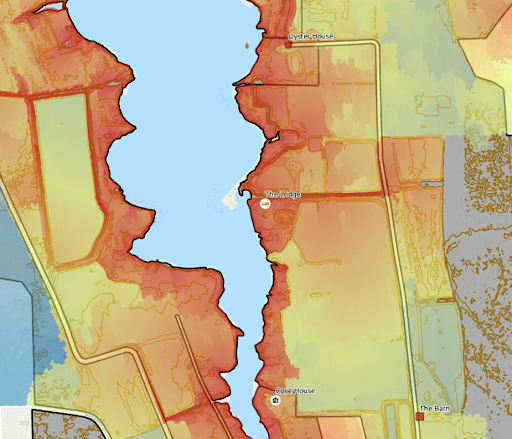
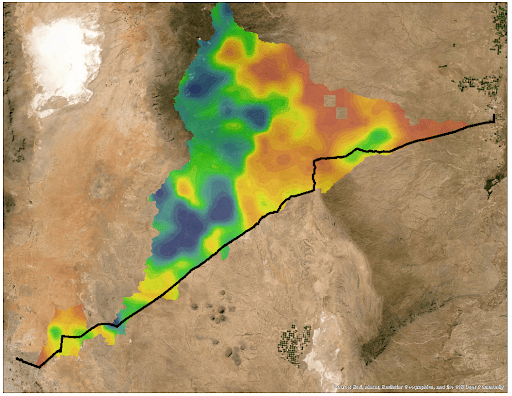
What Can You Do to Prepare?
When severe weather hits, infrastructure owners and operators are left wondering where to prioritize their response resources. Without a clear understanding of where subsidence and flooding threat is highest, they can send crews out to dangerous locations or miss opportunities to proactively prepare for the storm.
Teren’s Essentials and our scenario modeling can pinpoint external force threats such as subsidence and flooding as it relates to your infrastructure. Teren allows you to identify areas of highest vulnerability to these threats and the potential impacts to specific assets. When coupled with weather monitoring, we can help you understand where response is needed most.
Conclusion
Severe weather events in the Southeast can have far-reaching impacts on infrastructure, particularly concerning subsidence and flooding risks. Proactive measures, such as identifying areas of high vulnerability to subsidence and flooding ahead of severe weather, help disaster response crews prioritize remediation.
By recognizing the environmental challenges that are exacerbated by severe weather and taking appropriate action, the Southeast can build a more resilient infrastructure system that can withstand and recover from the impacts of extreme weather events.
To learn more, contact Teren to discuss weather monitoring and infrastructure vulnerability assessments.

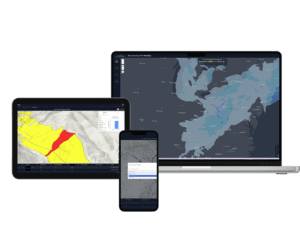
How can Teren help you?
We'd love to hear from you.
- Ready to dive deeper? -
Knowledge Hub
White Papers
Webinars